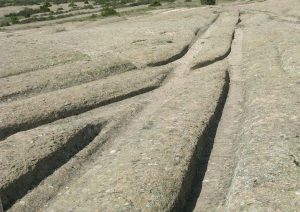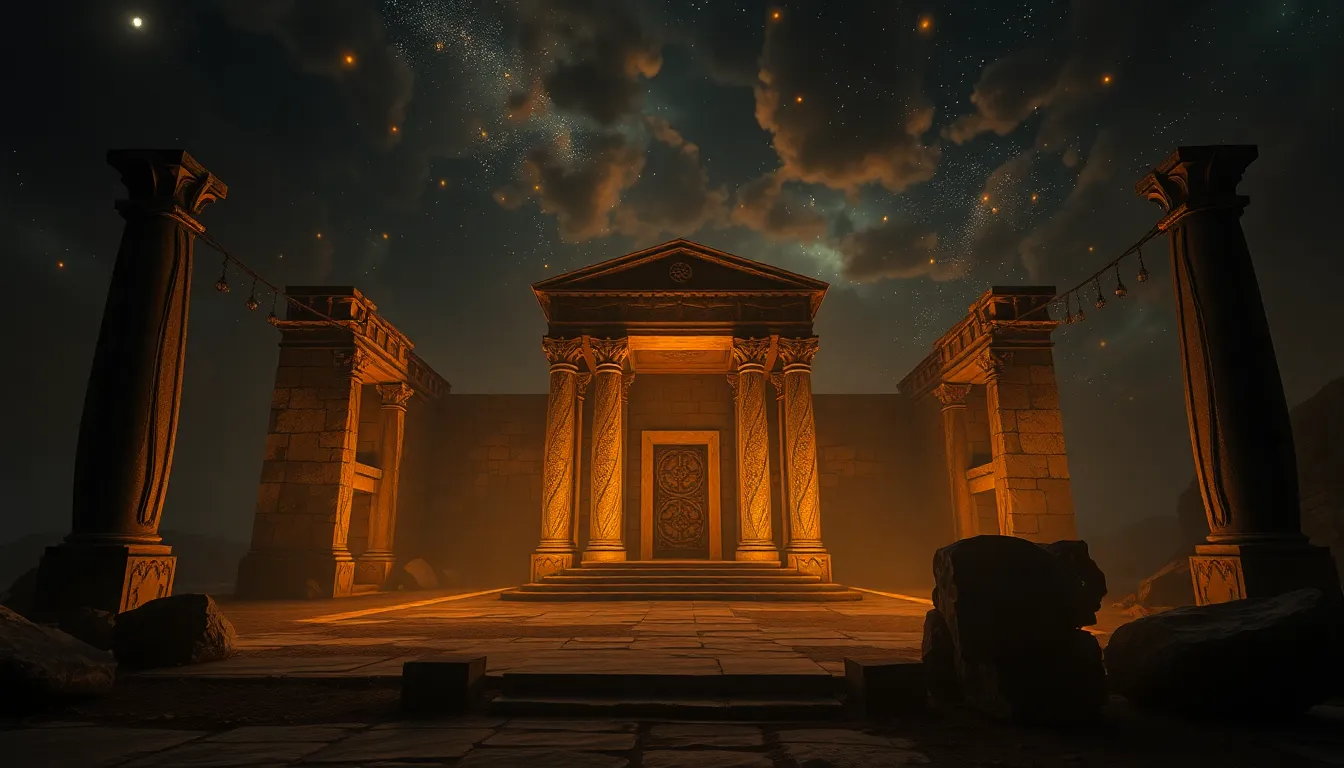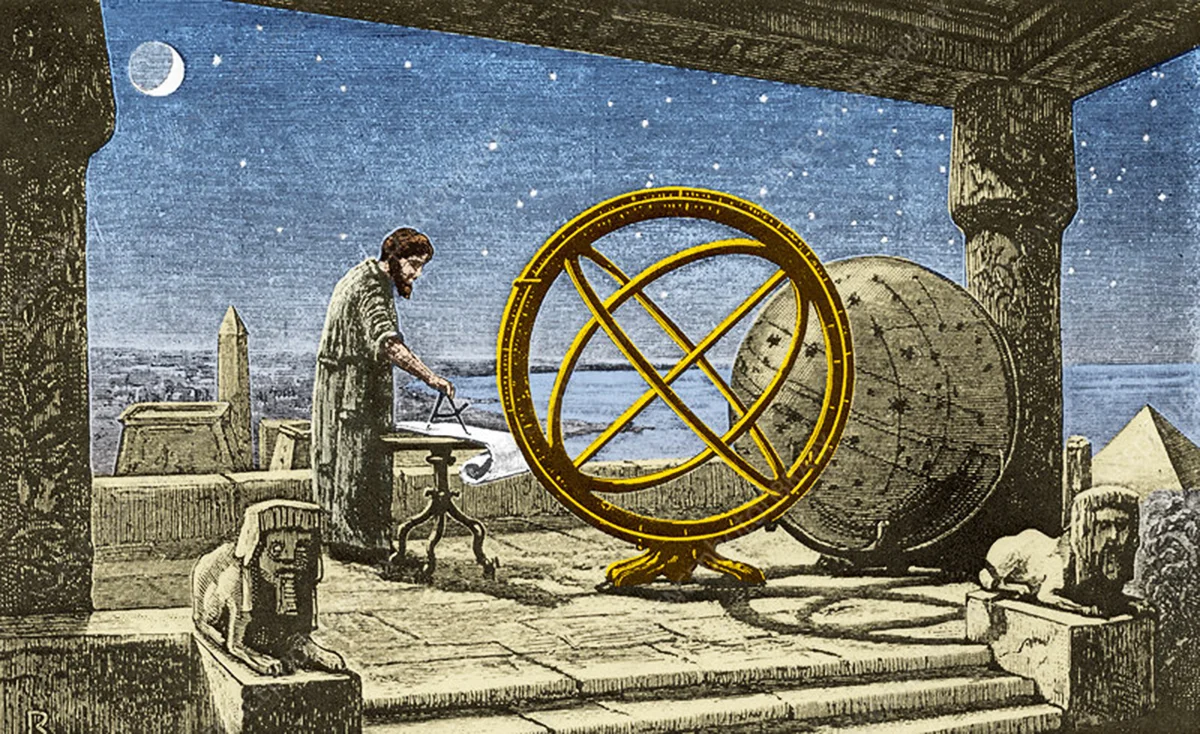Cart Ruts and Forgotten Civilizations: Tracks of a Cataclysmic Past
The mysterious cart ruts carved into solid rock across the world continue to puzzle archaeologists and independent researchers alike. Found in Malta, Italy, the Americas, and beyond, these parallel grooves—often running for hundreds of meters—suggest the work of a technologically capable people. Yet mainstream scholarship offers little more than speculation, often reducing these tracks to agricultural marks, quarrying practices, or primitive transport systems. But what if the cart ruts were built—and used—by a civilization lost to history? What if this civilization disappeared not through conquest or decay, but due to climatic upheavals triggered by solar storms or meteoric impacts?
Cart Ruts: A Global Mystery
The global distribution of cart ruts is one of their most striking features. From the enigmatic tracks in Syracuse, Sicily (Ancient360) to the networks carved into the landscape of Malta (Ancient360), their scale and precision defy simple explanations. Even across the Atlantic, cart ruts in the USA (Ancient360) echo these Old World counterparts, suggesting that either similar cultural practices arose independently or that these civilizations were somehow connected.
Scholars admit there is no consensus: some propose that wooden carts laden with goods cut deep grooves into soft limestone, later petrified with time. Others dismiss them as channels for water or agricultural tools. But such explanations falter when confronted with the sheer hardness of the bedrock, the depth of certain ruts—sometimes more than 60 cm—and their global presence.
The Vanishing Civilization Hypothesis
One compelling idea is that the cart ruts were the infrastructural remains of a forgotten civilization, erased from memory by catastrophic events. The article Ancient Cart Ruts and Lost Civilizations highlights how these tracks, scattered across continents, may represent remnants of advanced human activity predating accepted timelines.
What if, rather than primitive utility, these tracks formed part of a transportation or ceremonial network, created by a society with knowledge and methods long since erased? This notion gains weight when one considers the global catastrophes that could have wiped such a culture away.
Climate Catastrophes: Sun-Storms and Meteors
Evidence from geology and astrophysics increasingly suggests that human history has been repeatedly shaped by sudden cataclysms. Solar storms—massive bursts of radiation and plasma from the Sun—can devastate global climates, disrupt ecosystems, and even strip away atmospheric stability. Similarly, meteoric impacts leave sudden scars, often accompanied by rapid cooling or heating events that devastate agriculture and populations.
Could such events have struck the civilization behind the cart ruts? The tracks carved in stone may have endured for millennia, while their creators—and the memory of their way of life—vanished almost overnight. The idea resonates with researchers questioning the “official” narrative, which often downplays the role of catastrophes in human history.
Interconnected Tracks Across Time and Space
The cart ruts of Syracuse (Ancient360) are particularly compelling. They intersect, merge, and diverge in ways that resemble complex traffic systems rather than random scratches. The same can be said for Malta, where ruts sometimes plunge directly into the sea (Ancient360), as if the landscape itself shifted dramatically after they were cut.
Across the globe, in Texas and California (Ancient360), similar tracks suggest the possibility of parallel developments—or shared origins. Such patterns challenge us to ask: were these civilizations connected by trade, migration, or a shared technological blueprint?
Questioning the Academic Silence
Mainstream academia’s reluctance to engage deeply with the global pattern of cart ruts is telling. Many explanations remain local, dismissing the wider connections. Yet the consistency of form, depth, and layout across continents demands a broader framework.
As highlighted in Cart Ruts: A Global Mystery, the very existence of these tracks stretches the boundaries of what we accept about ancient human activity. If a global civilization once thrived, later erased by climatic disaster, then the cart ruts may be one of the few enduring traces of its presence.
Conclusion: The Stone Echoes of Forgotten Worlds
The cart ruts carved into stone across continents may be far more than quarries, agricultural relics, or primitive transport paths. They could be the silent testimony of a civilization that thrived, innovated, and left its mark—only to be obliterated by catastrophic climate change, solar storms, or meteoric impacts (example, the 14,500 years ago abrupt change of the Younger Dryas).
By studying these enigmatic tracks and considering them in the context of global mysteries, we might finally begin to piece together the puzzle of forgotten civilizations. The cart ruts endure not only as physical scars upon the Earth but as profound reminders that our history is more fragile, and perhaps more extraordinary, than mainstream narratives allow.






